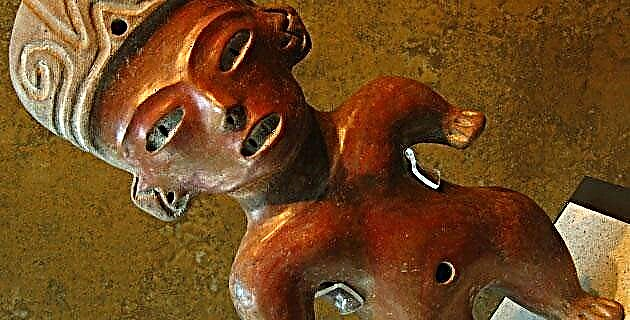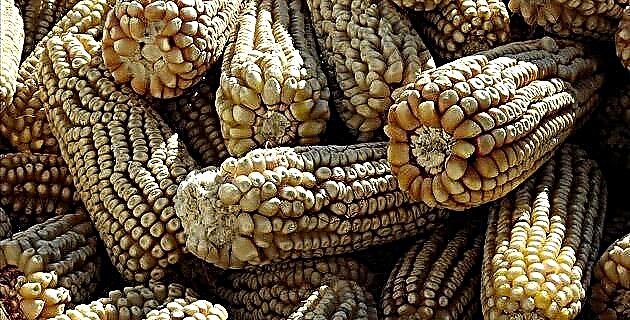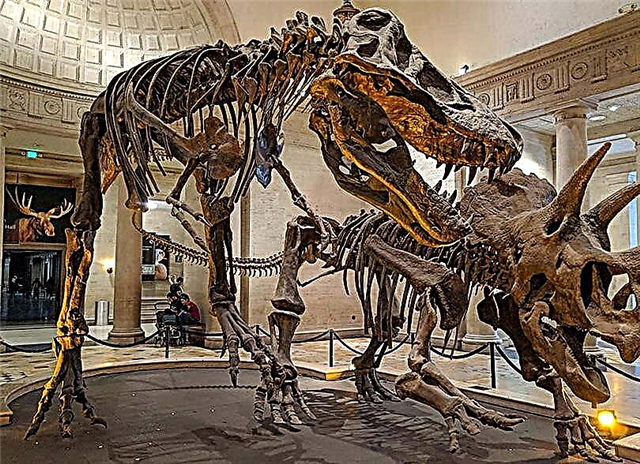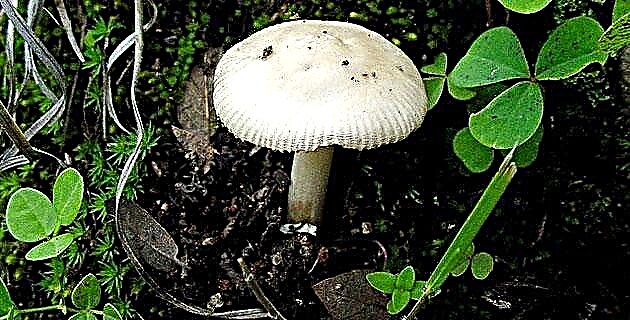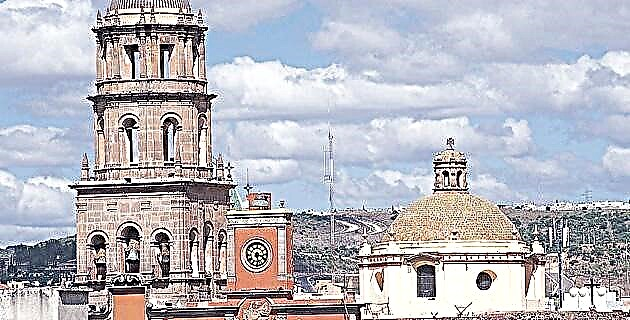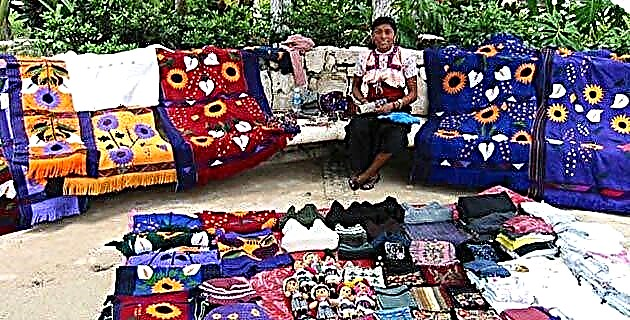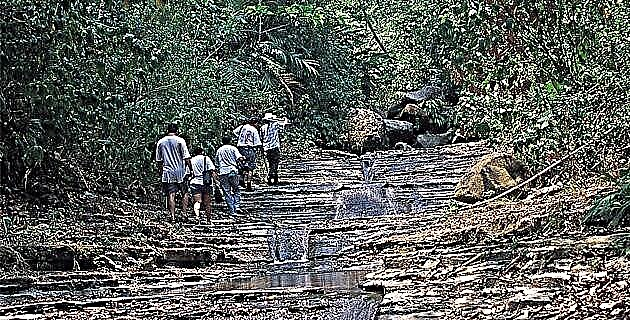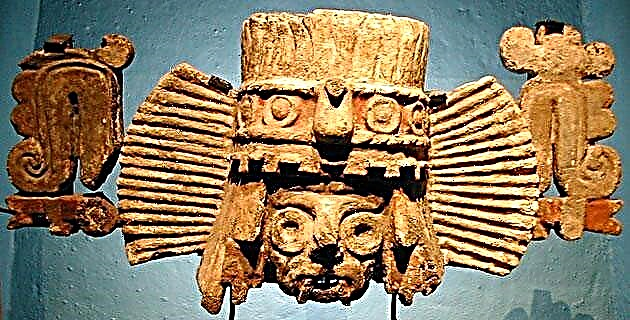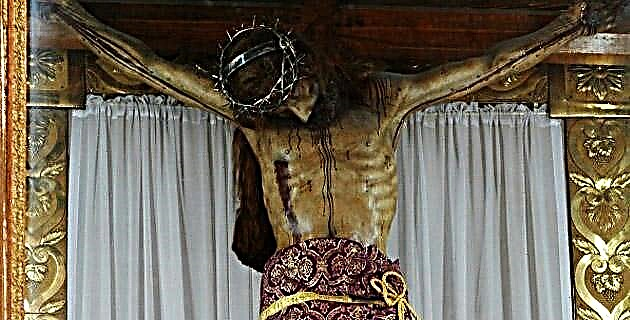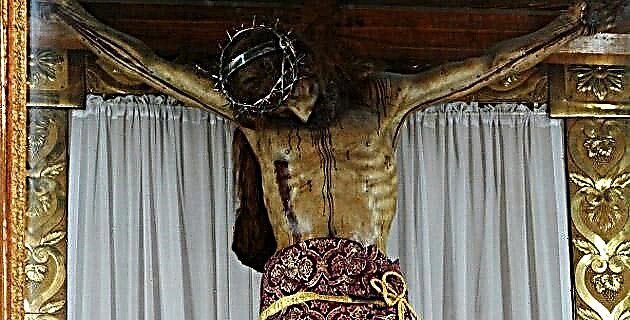
The ceremony of May 3, the day of the Holy Cross, is organized by the graniceros, who have the power to stop hail, heal other people and keep bad weather away from the fields.
The passing of time and the knowledge of natural phenomena are some of the oldest concerns of humanity, as well as the devastating effects produced by the imbalance of the forces of nature, despite the great scientific and technological advances they have. now weather systems. It is of the utmost importance for some men and women (self-styled seasonal workers or "graniceros") to offer one day a year the transparency of the soul that gives itself dressed in flowers and hope for that day and in some corner of the planet, such as the cave of the Cruces, where a group of people meet in whom the force of lightning has imposed their mission, which they assume in harmony with the atmospheric phenomena that are decisive in the agricultural cycle of the peoples of the central Highlands of Mexico.
The ceremony on May 3 is clear evidence of the connection that exists between man and nature.
The graniceros are people who have dedicated their lives to working the land, and it is there, in their performance, where they have been struck by lightning and have survived the terrible discharges of approximately 30,000 volts. When this happens, a ceremony is held, called a coronation, in one of the shrines attended by brothers who have survived a similar experience, since they say that "this is not a doctor's"; and it is in that ceremony where they receive the "charge." This means that from that moment they have the power to stop hail, keep bad weather away from the fields and the obligation to organize the ceremony on May 3, the day of the Holy Cross, and another on November 4 that closes the cycle to give thanks for the benefits received.
Another peculiarity of the graniceros is to heal other people with their hands accompanied by their prayers to the Almighty; There are also cases in which their vision is enlarged through dreams and thus they can communicate with the spirit of the mountains and the sacred elements.
The origin of the graniceros dates back to pre-Hispanic times, when they were part of the priestly hierarchy and were known as nahualli or tlaciuhqui.
The May 3 ceremony in the Cueva de las Cruces is a ritual that marks the storm for the towns near the Popocatépetl and Iztaccíhuatl volcanoes, at the confluence of Puebla, Morelos and the State of Mexico.
Last year, with the permission of the guardians of this tradition, we were able to go to see the ritual of the Holy Cross in the Cueva de las Cruces, which is located in the southeast of the State of Mexico, between the municipalities of Tepetlixpa and Nepantla.
The young morning in which this group of pilgrims of faith is present annually, illuminated by lightning, unite their firm devotion, their time and with the fire of the first embers that burn the copal and the air rises braided; the light of the first lit candles begins to melt in this mouth of the earth where the simplicity of the crowned souls and the devotion of the participants integrate their songs of praise to the Creator and the elements of the cosmos.
The work is distributed among the participants who are integrated performing different tasks: some tend to the stove, others unwrap the objects that will be offered during the ceremony and others clean the place. The ritual begins and we approach the Major of this tradition, Don Alejo Ubaldo Villanueva, who unpacked a select group of handmade clay angels that are at the moment redecorated with cheerful and bright colors. Don Alejo told us that these angels will remain during the storm at the foot of the crosses, since they are like guardians or soldiers who silently watch over the time in which the storm passes. While this was happening, another part of the group was in charge of upholstering colorful spears with live flowers that throughout the ceremony will enhance the entrance of the shrine where old crosses are exposed, which have been in place for more than a hundred years representing the spirit of the deceased. Temporary brothers, who are remembered by name and surname within the evocations throughout this temporary work that links prosperity and fertility and that produces water on the seeds entrusted to the earth.
Meanwhile, the preparations continue and, with the permission of the Major, compadre Tomás distributes pulque served in corn husks as a jícara for those present, a relaxed moment in which we all introduce ourselves with the rest of the group and thus begins the approach, and there is an exchange of unknowns such as names or why they are there. While this was happening, the atmosphere was transformed into the moment when Major Don Alejo rises from his seat on one side of the altar, and sings a song to the Lord of Chalma as he goes to this space where devotion is capable of opening a door. to dialogue with the sacred forces that dwell in that sacred place. Behind him a small procession goes to the lower part of the altar where we remain for the rest of the ceremony. Thus, for a considerable period of time, heaven and its angels are thanked for receiving us in the place; It is requested that the men have their daily bread and the copal smokes in the hands of the Major. The luminous set of flower arrangements and lighted candles accompany the songs of the Christian tradition referring to the Holy Cross; after a certain time a silent space for reflection opens; later each one of the participants integrates one by one the bouquets of flowers with which they greet the cardinal points. Once this act has been completed, Don Alejo, along with Don Jesús, proceed to dress the crosses inside the cave. They do this with a white ribbon approximately two meters long that is linked by the center of the cross; once this has been accomplished, colorful paper flowers are nailed to it, all accompanied by the song that unites the solemn languages of nature with the faith of man who goes hand in hand. Once again the participants fulfill the mission entrusted by Don Alejo so that the little clay angels who will work during the waters as guardians or soldiers, are presented at the foot of the crosses that make up these shrines.
The Mayor continues and now is the time to offer to the heavens the brushes and blessed palms (instruments used by the graniceros to ward off bad weather, hail, rainwater or any other atmospheric phenomenon that threatens the cultivated fields ), evoking prayers and asking for those who work the land, because the bad weather goes to a rock and because the lightning does not hit anyone, all accompanied by the ceremonious smoke that comes off his glass.
Immediately afterwards, the reflection invades again with its silence and the women and men with more experience begin to spread a horizontal row of tablecloths on the floor in the lower part of the altar where the offerings will be deposited, which usually contain fruits and vegetables. bread, plates with mole and plates with chocolate and amaranth in pieces, glasses with pumpkin candy, rice, tortillas, and so on. This is also offered to the temporary angels and the cardinal points are greeted; then, little by little and in an orderly manner, the offering is deposited until it becomes an aromatic and colorful carpet that exposes the work and hope of these people. Once the space is filled, a song comes and then Don Alejo raises a request for the food that is present in the offering; Later, Don Alejo is assisted by some of his Graniceros companions to do some healings for the participants, an action in which he and his companions visualize some deficiency in the people they are cleaning, since there they could be crowned or only have air.
Later, food is made with handmade tortillas that are shared, as well as rice and mole. Then a song is made with reference to the "lords of the broom" so that they can lift the table and leave the place with great gratitude. We are grateful for the company of the spirits and that of those who attended the ceremony, extending the invitation to continue this tradition on November 4 of that same year. The ritual culminates with the distribution, among the assistants, of the food offered.
We wish to express our deep gratitude to all the people who arrived that day and also those who did not arrive, as well as to the families of the graniceros for their support and interest in safeguarding the ancient traditions that make Mexico a special country.

